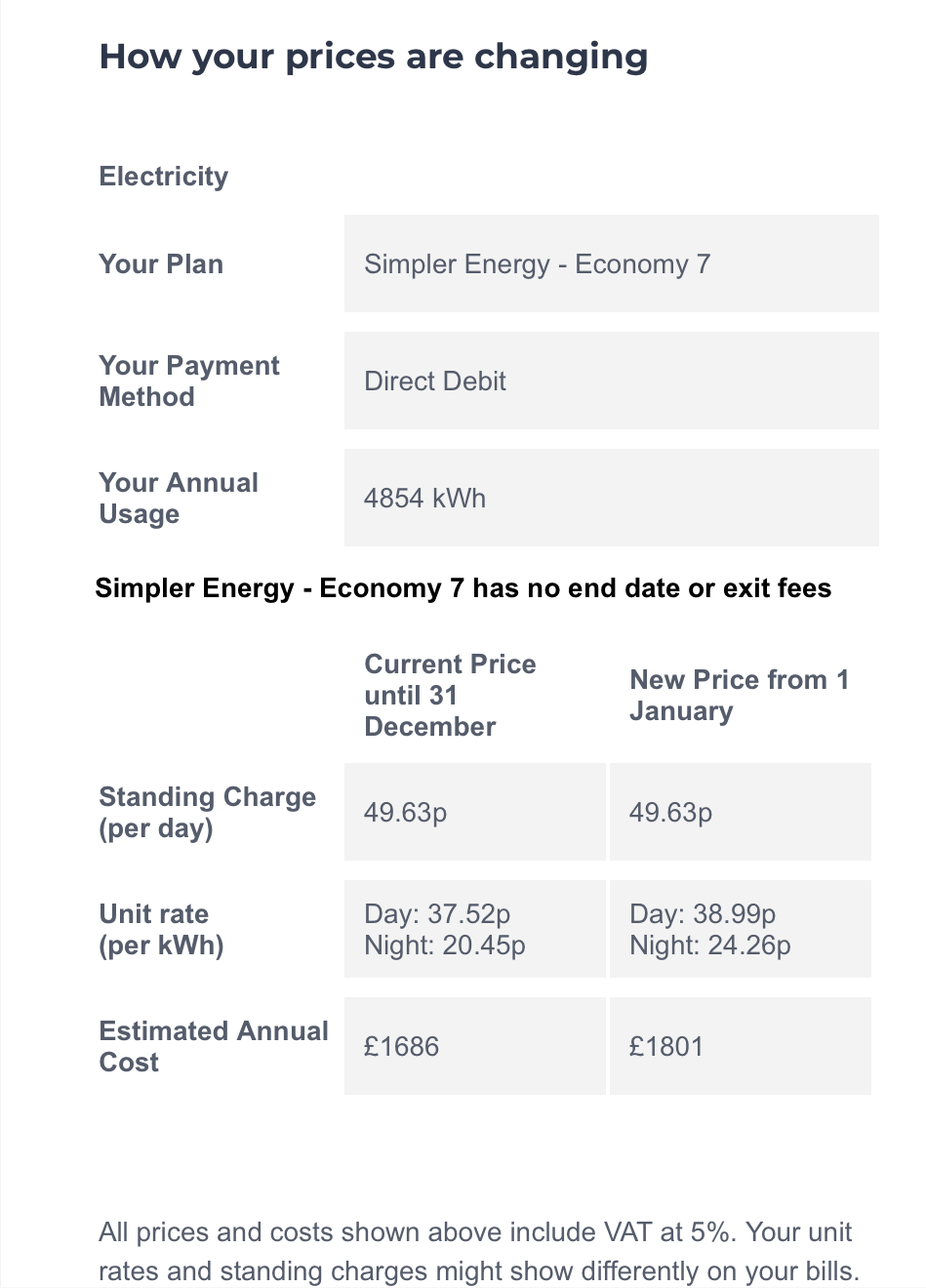Updated on 03/02/25 by Abby_OVO
For up to date information about the current price cap please head to our website. Or check out this helpful FAQ to find out more about how this may impact you and what support is available:
Hey @Blue407,
This is a good question and one I'm sure many of our customers have questions about, I hope this explanation helps:
Energy Price Guarantee VS Price Cap
Energy Price Guarantee
The Energy Price Guarantee (EPG) refers to the Government initiative which started October 1st, on 1st of July 2023, this is set to increase. This limits the energy bills for a typical household to £3,000 on 1 July.
What this means for customers who pay monthly
If you're on a variable rate plan:
With the new price cap, customers on variable rate plans will pay a lower unit rate for their energy. Your actual bills will still depend on how much energy your home uses.
As the Energy Price Guarantee (EPG) level is higher than the new price cap, it won't have an impact on what you pay if you're on a variable rate plan, but it will remain in place to protect you from future price increases.
If you're on a fixed rate plan:
The price cap doesn't affect prices for fixed rate plans. Even though the EPG level has gone up to £3,000 from 1 July 2023, if you're on a fixed rate plan your prices won't change. That's because we're keeping your prices as they are for the length of your contract to protect you from this price increase.
What this means for Pay As You Go customers
Pay As You Go prices are variable – these will be set by the new price cap on 1 July 2023. This means your prices are going down.
Gas
Customers will receive an additional discount on their gas unit rate through the Energy Price Guarantee (EPG) so that most customers will pay less than Pay Monthly customers.
This discount will be reviewed every 3 months. You don't need to apply, and there is no need to contact us – the discount is applied automatically.
Electricity
Electricity prices on Pay As You Go mean that most customers will already pay less than the equivalent for Pay Monthly.
Price Cap
The Price Cap which is set by OFGEM means the maximum cost that a supplier can charge a customer on average, per year. The Price Cap is influenced by wholesale costs. This includes distribution costs in each region. OFGEM takes a look at the underlying costs to supply energy and sets the cap accordingly.
Ofgem have announced that the new price cap will be £2,074 for a typical household¹ from 1 July until 1 September 2023.
The EPG protection will remain in place until March 2024 and the government is still absorbing a lot of the cost.
Why are some customers seeing a price increase despite the EPG?
OFGEM has decided to amend the Price Cap to make changes to regional charges, but the EPG discount remains consistent, as an average, across different regions.
The EPG is an average discount across the board, however regions that are more costly to provide energy to, will see an increase in costs.
All of this will be communicated to affected customers. If you're affected by the regional pricing updates and your prices are set to increase in January, we’ll contact you over the next few weeks with an update of your change of price and forecasted costs for the year.
What about Fixed Tariff customer’s moved to the EPG?
We made a promise to these customers that we would continue to monitor their accounts and if a customer becomes disadvantaged, we’ll reach out to them and inform them of the next steps.









